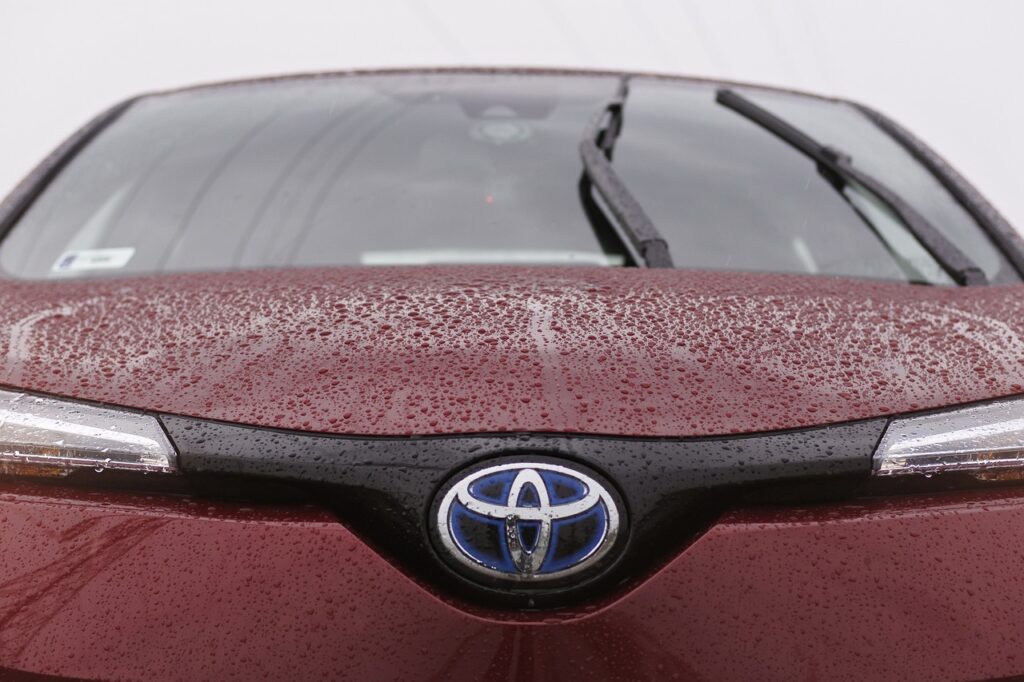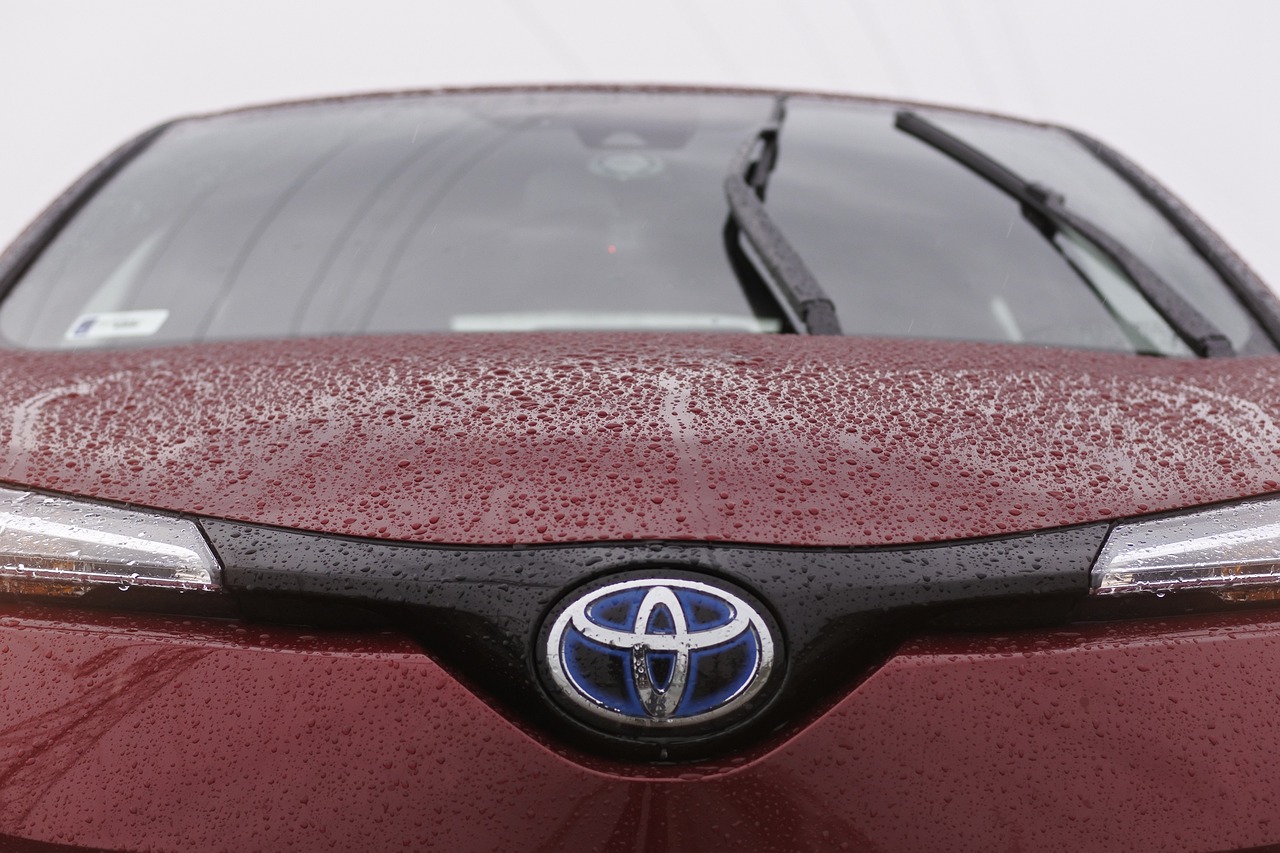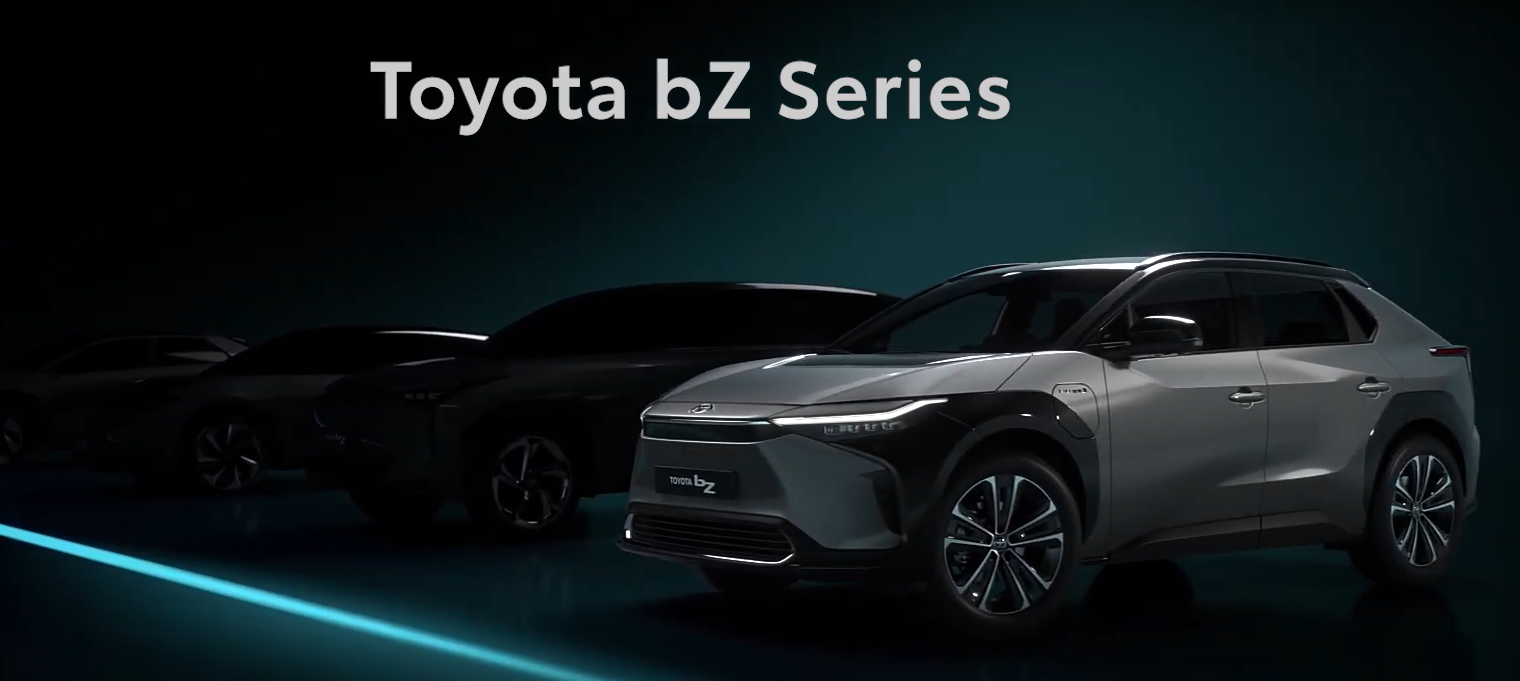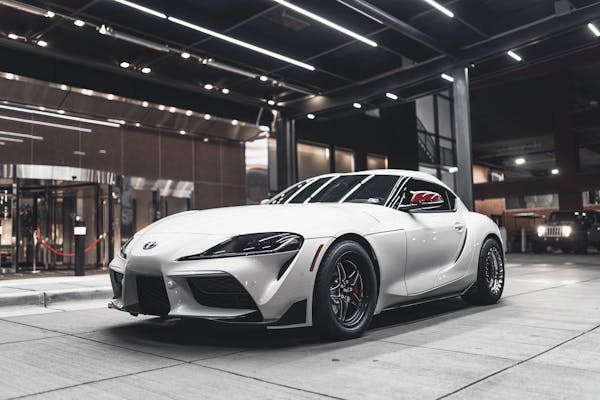Toyota’s Journey to Sustainability: How the Hybrid Revolution Changed the Automotive Industry

Toyota’s commitment to sustainability has driven a surge of innovation, chiefly in pioneering hybrid technology. Toyota has been a front-runner in the eco-friendly segment, being among those automakers that manufactured one of these hybrids before they were cool. This wasn’t just a game changer for Toyota, it changed the entire global auto industry and created the benchmark when it comes to eco-driving. Here, we track Toyota’s journey to sustainability by charting the development of its hybrid technology and how it has rubbed off within the broader automotive ecosystem.
The Birth of Hybrid Technology: The Toyota Prius
Toyota’s sustainability journey dates back to the early 1990s during which time company officials said they detected some environmental “warning signs” signaled by a trend toward growing challenges. So Toyota tried to build a vehicle that was the antithesis of this, creating something drastically reduce harmful emissions and fuel consumption. This led to the Toyota Prius, which first went on sale in Japan back in 1997 and was also sold globally from 2000.
The partnership realized the potential of this technology, and through it was able to create a production vehicle that achieves fantastic fuel economy by making use of gasoline engine combined with an electric motor—a new take on eco-cars. Much more than a technical feat however, this landmark technology was also bold statement of Toyota’s intention to take on environmental challenges. The Prius catapulted into fame, launching the hybrid EV market as well as being recognized virtually synonymous for green driving and blazed a trail with respect to successive HEV s along with their descendants.
Expanding the Hybrid Lineup: Innovation and Market Response
Toyota has grown its range of hybrids to broaden the appeal beyond just Prius fans. Over time, Toyota expanded this hybrid technology to appeal over a much wider range of customers and integrated it into everything from compact cars through large SUVs. But then the Camry Hybrid, Highlander Hybrid and RAV4 hybrid came along to mix sustainability with performance in a way that challenged commonly held beliefs on cars of this type being slow or unexciting.
The expansion was, of course, not about variety; it was a play to stake Toyota as the leader in hybrids. The funds invested in R&D by the company provided scope for further enhancement of this efficiency and performance while also allowing it to be more affordable thus accessible to consumers. This helped Toyota establish itself as a major player in the global automotive market and made millions of hybrid vehicles sold worldwide.
The Impact on the Automotive Industry: Setting a New Standard
Broadly, Toyota was followed down the hybrid path by many in its automated industry of origin. Rivals noticed that there was an increasing market for green motors and they moved to develop their own hybrids. In addition to rewriting consumer expectations, Toyota’s assaultized the auto-industry status quo and dictated a new approach; requiring all automakers build more hybrids or find some other gas loophole.
Perhaps the biggest outcome of Toyota’s hybrid revolution were new regulatory guidelines. The global government began to adopt stricter emissions laws because of the carbon footprint reduction sought by hybrid vehicle success. Toyota led the way, showing that new standards could be met without losing performance and others followed.
Toyota’s Ongoing Commitment to Sustainability: Beyond Hybrids
While hybrid technology marked a milestone in Toyota’s green journey, the company has taken it upon itself to step things up another notch and hereafter. Toyota has long maintained that the optimal path to zero-emission vehicles lies in large part with hydrogen fuel cell technology, first seen on a midsize sedan positioned as essentially a Prius-plus alternative: The Toyota Mirai is one of only two commercially available hydrogen cars. The Mirai is the next step of Toyota in reducing emissions so that clean energy can be promoted.
Toyota has also poured a lot of money into electric vehicles (EVs), in addition to this, the hydrogen technology. Toyota bZ (Beyond Zero) SeriesModels starting: $25,000(est.)Besides looking a lot like former Scion vehicles, Toyota’s lineup of electric cars will be badged as the bZ series standing for Beyond Zero. Toyota also intends to expand its lineup of electrified products with vehicles from the bZ series, which will comprise fully electric models and underpin Toyota’s position as a trailblazer in sustainability.
Challenges and Criticisms: Navigating the Road to Sustainability
Toyota has not been immune to the growing pangs of becoming a sustainable company, even though it is often held up as such. The company is in the crosshairs of criticism over its relatively tardy step into full-electric cars, particularly at a time when other automakers have more aggressively jumped toward EVs are coming to dominate auto sales. Toyota’s persistent focus on hybrids have some critics arguing the Japanese giant is late to an all-electric future and could, as a result of that delay, be left behind in terms of rapid changes in consumer tastes.
That said, Toyota has defended its strategy and holds that it’s critical to have an array of options for different needs from both consumers and regional forces. Its plans for hybrid, hydrogen fuel cell and all-electric technology are all based on the belief that there isn’t just a single solution to sustainability. Toyota’s goal, rather than offering a single magic bullet: “Panacea” power train, is to provide a variety of alternatives that can fit on different markets and in different conditions.
The Future of Toyota and the Automotive Industry
While it will certainly remain influential, and at the forefront of ecologically-sustainable cars as Toyota continues to innovate and expand its family of green vehicles. From the Prius that initially started it all, Toyota continues to be the leader of a large change for sustainability — The Hybrid Revolution. The company is known for its ongoing research and development to minimize emissions as well as clean energy promotion, with big aims in the years ahead.
In the future, Toyota’s path to sustainability ought to be a combination of developing more electric and hydrogen technology along with further refining its hybrid systems for efficiency and performance. The automotive media landscape is evolving as the entire industry looks to Toyota for leadership and guidance on sustainability, innovation, and a cleaner transport atmosphere.
The Unprecedented Power of Toyota’s Hybrid Conversion
Hybrid revolution has been a long and significant process of Toyota’s sustainability transformation which left its trace in the automotive industry. Whether it is the launch of the Prius or the tinkering around with hydrogen and electric cars, Toyota has never shied away from going the green way. The company’s plan to cutting emissions as well as supporting clean power has not only revolutionized a conception of automobile as we have known it but also marked a new benchmark for car industry.
With Toyota planning yet more advancements in the responsible driving and the company maintaining its impact on the international stage, they will only increase. Toyota’s hybrid revolution that has been set in motion will open the path for the utilization of environmental friendly vehicles not as a trend or a concept but as a public convert across the globe. Thus, the story of the company’s sustainability is not only a tale of technology advancement but also the story of the 5S, vision, beliefs, determination and leadership.













Post Comment